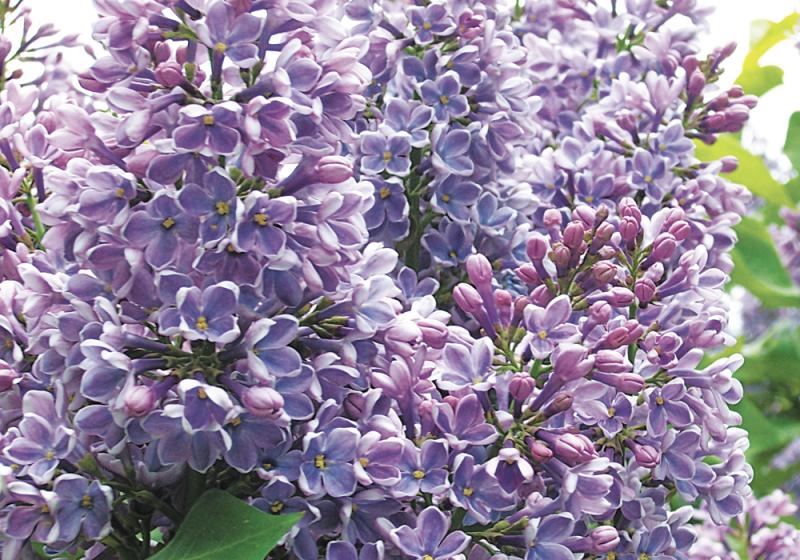Try repeat blooming iris, lilac and strawberries
Some things are so nice, we do them twice. An encore is always thrilling and exciting, perhaps because it has the elements of not letting something fun end, as well as getting something extra.
The beauty of many flowers is that they are, in fact, once off, or only available for a brief time. Lilac season and iris blooms often overlap, but both are pretty well finished by June. Luckily, there are now both iris and lilacs that boom at their regularly scheduled time in early spring, take a breather, and return for an encore later in the year.
Iris Immortality (Iris germanica) blooms mid-season with brilliant white flowers and light yellow beard. Late in the fall, it reblooms along with other reblooming iris. Victoria Falls is another reblooming iris, this one with huge, light-blue blooms that indeed evoke waterfalls.
You should plant reblooming iris the same as other German iris; set the rhizome so just the lower half is below ground level and the rest is exposed. Choose a spot with at least six hours of sunlight. Soil can be poor just as long it drains well. Once you set the rhizomes in, tamp the soil in well, water thoroughly and that is about all there is for literally decades of iris to come.
Along with iris season each spring is of course lilac season, a rather brief few weeks. Enter the reblooming lilacs that flower repeatedly into the fall. Give them plenty of moisture and sunshine, and they are pretty much carefree. One of the oldest reblooming lilacs is Josee, whose light lavender-pink fragrant flowers top small four- to six-foot-high shrubs that are only five feet across, so ideal for the smaller yard. Plant several for a fragrant hedge.
The stars of reblooming lilacs are the newly released Bloomerang lilacs. Because they bloom on new growth, if they are growing, they are blooming! To keep that new growth healthy, let your Bloomerang shrubs grow as vigorously as possible. You can add a good slow-release organic fertilizer low in nitrogen in early spring, and again right after the first blossoms fade. Bloomerang Purple lilac blossoms are somewhat smaller than regular lilacs, but the airy clusters have the trademark lilac fragrance. Bloomerang shrubs grow into a pleasing, upright shape that almost looks vase-like. A nice bonus is that in addition to blooming all summer into fall, Bloomerang shows great resistance to powdery mildew and other diseases common to other lilacs.
Even berries that were once only ripe for a brief window now have reblooming or everblooming varieties. Traditionally, strawberries produce a large crop of berries all at once, usually in June, so they are called June-bearing strawberries.
Everbearing strawberries, however, not only give you a small crop in June, but keep having intermittent crops ripen right up until early fall. Ozark Beauty is an old, easy-to-grow variety with very large berries. It reliably produces berries all season long. Tristar is said to have the best flavor of any everbearing strawberries, and is disease resistant. Plant Tristar in hanging baskets, and its runners will bear fruit without rooting.
One big advantage of any everbearing or everblooming plant is that even if their earliest blooms are killed by a late frost, you still get later-flowering lilacs and everbearing strawberries. And that is quite the encore.
























































